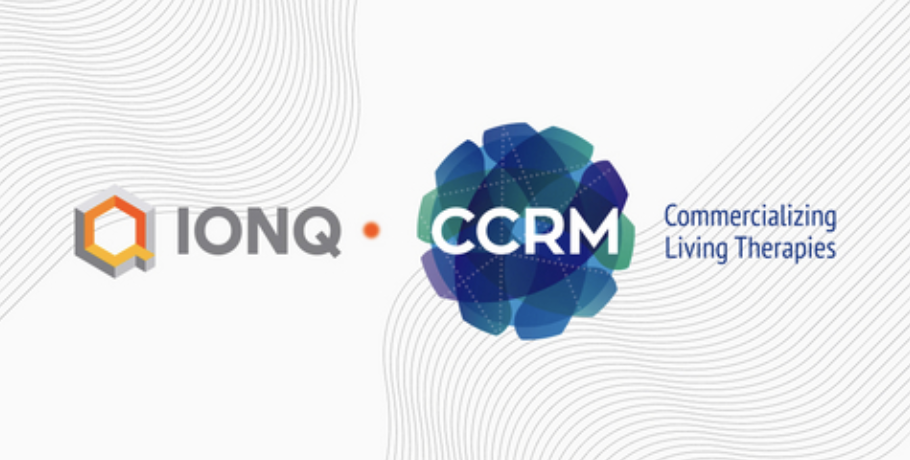Insider Brief
- Riverlane’s 2025 Quantum Error Correction Survey finds that 95% of more than 300 quantum professionals view QEC as essential to scaling quantum computing, with 2028 emerging as an informal industry deadline for integration.
- The survey highlights major skills and resource gaps, with 96% of respondents expecting to rely on external support and 41% citing limited training as the top barrier to adoption.
- Hardware limitations remain a constraint, as current quantum systems lack the size and stability for large-scale QEC experiments, delaying practical readiness for fault-tolerant machines.
Quantum error correction has shifted from long-term aspiration to immediate priority, according to a new global survey from Riverlane. Nearly all quantum professionals now see it as essential for scaling the technology, but the field faces a shortage of training, clear guidelines and access to resources that could slow progress toward fault-tolerant machines.
Riverlane’s 2025 Quantum Error Correction (QEC) Survey polled more than 300 experts from academia, industry, and national labs. Ninety-five percent of respondents rated QEC as essential for scaling quantum computing, with almost two-thirds assigning it the highest possible importance rating, according to a company blog post on the survey. At the same time, 99% expressed interest in the field, underscoring the depth of engagement — and the gap between ambition and capability.
Central to Scaling
QEC is a suite of methods that describe the process of detecting and correcting the errors that inevitably occur when manipulating fragile quantum states. Without it, current noisy intermediate-scale quantum (NISQ) devices will remain constrained to small, error-prone calculations. Riverlane’s findings reflect a sharp shift over the past year as QEC becomes embedded in both national strategies and hardware roadmaps.

Plans now in motion suggest major players expect to integrate QEC into usable systems within the next three to five years, according to the post. IQM has outlined a transition from NISQ to QEC processors by 2027, with early fault-tolerant performance expected in 2028. Oxford Quantum Circuits aims to deliver a 200-logical-qubit system that same year, while IBM targets a decoder capable of handling 120 physical qubits by 2026, with fault tolerance projected by 2029.
Governments are setting similarly ambitious targets. The UK aims for one million error-free quantum operations — a measure of large-scale stability — by 2028. In the U.S., DARPA’s Quantum Benchmarking Initiative has allocated up to $300 million per third-stage award to identify utility-scale architectures by 2033, with initial concept designs due within months.
The team writes: “While individual metrics and definitions may vary, each quantum computing roadmap and government strategy essentially says the same thing: the need to integrate quantum error correction by 2028, at the latest.”
Skills Gap and Reliance on Partnerships
While interest is high, expertise is not yet keeping pace, the poll suggests. Ninety-six percent of respondents said they would need external support to implement QEC, most often through partnerships or hybrid internal–external arrangements. Only 4% expect to build their QEC infrastructure entirely in-house.
The survey also points to a technically capable workforce that is nonetheless short on specialized QEC training. Nearly 90% can build quantum circuits, and most of these programmers use IBM’s open-source Qiskit platform. But only 62% have built a surface code circuit — the most widely discussed QEC scheme — and just 60% have worked with other approaches such as quantum low-density parity-check (qLDPC) or repetition codes.
Limited training and knowledge were cited as the top barrier by 41% of respondents, followed by a lack of best practices or clear guidelines (28%) and difficulties securing resources (28%). Organizational resistance ranked lowest, at just 6%, suggesting the problem is not will but capability.
Hardware Limitations Compound the Problem
Beyond skills, the survey found frustration with the hardware needed to test QEC techniques. Several respondents noted that existing quantum computers lack the size and stability to run meaningful large-scale error-correction experiments. This hardware gap makes it difficult for teams to gain practical experience, further delaying readiness for fault-tolerant systems.
Even so, most organizations have begun committing resources. About two-thirds reported allocating either moderate or significant resources to QEC, though 14% said they have no such efforts underway.
The push toward QEC reflects its role as a gating factor for the next era of quantum computing. Without robust error correction, quantum devices will remain in the research phase, unable to deliver reliable performance on commercially relevant problems. Riverlane’s survey positions QEC as “an existential challenge” for the industry, a threshold that must be crossed for the technology to achieve its promise in areas like drug discovery, logistics, and cryptography.
For hardware makers, integrating QEC influences design choices at the physical qubit level, from layout geometry to control electronics. For software teams, it dictates algorithm design and resource estimation. And for policymakers, it sets a benchmark for investment timelines and performance goals.
Given the sector’s reliance on shared knowledge and infrastructure, the emphasis on partnerships could accelerate diffusion of expertise once the right training and resources are available. But without those inputs, the momentum signaled in hardware and government roadmaps risks stalling.
Looking Ahead
The Riverlane survey suggests the coming years will be decisive for QEC adoption. With 2028 emerging as an informal deadline across multiple stakeholders, the field has less than half a decade to align skills, resources, and hardware capabilities.
The Riverlane team writes: “At Riverlane, we believe QEC is no longer just a research topic. It is the core challenge of building useful quantum computers. This survey confirms what we hear from our partners and across the broader quantum community. Teams are ready to start running QEC experiments, but too often, they don’t know exactly how or where to start. We’ve made it our mission to build the world’s best team to solve the quantum error correction challenge. So, we now want to pay that knowledge and expertise forward and help the entire quantum community get to grips with QEC.”
Survey By the Numbers
- 95% of respondents rated QEC as essential to scaling quantum computing.
- 99% expressed interest in QEC as a field of study.
- 96% will rely on external support to implement QEC.
- 94% have at least some familiarity with QEC research.
- 88% can build quantum circuits; 87% of those use Qiskit.
- 41% cited limited training as the top barrier; 28% cited lack of best practices; 28% cited resource constraints.
- Only 4% plan to build QEC infrastructure internally.
For more information, check out the Riverlane blog on the company’s quantum error correction survey.


















